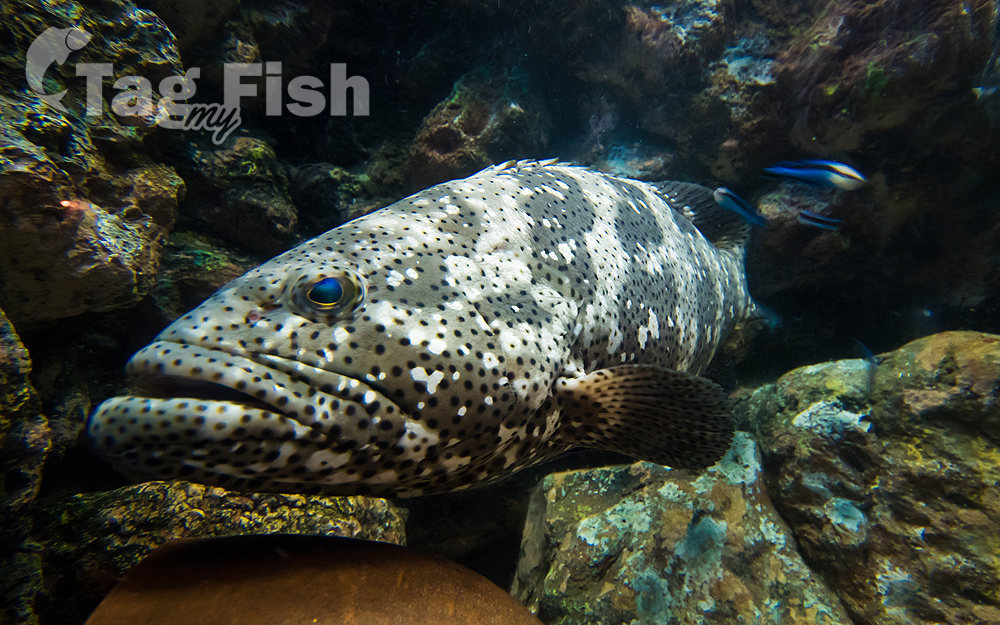Nassau grouper
(Epinephelus striatus)

Classification
General data
The Nassau grouper (Epinephelus striatus) is one of the large number of perciform fishes in the family Serranidae commonly referred to as groupers. It is the most important of the groupers for commercial fishery in the West Indies, but has been endangered by overfishing.
Description
The Nassau grouper is a medium to large fish, growing to over a meter in length and up to 25 kg in weight. It has a thick body and large mouth, which it uses to inhale prey. Its color varies depending on an individual fish\\\\\\\'s circumstances and environment. In shallow water (down to 60 ft), the grouper is a tawny color, but specimens living in deeper waters are pinkish or red, or sometimes orange-red in color. Superimposed on this base color are a number of lighter stripes, darker spots, bars, and patterns, including black spots below and behind the eye, and a forked stripe on the top of the head.
Distribution and habitat
The Nassau grouper lives in the sea near reefs; it is one of the largest fish to be found around coral reefs. It can be found from the shoreline to nearly 100-m-deep water. It lives in the western Atlantic Ocean and around the Caribbean Sea, from Bermuda, Florida, and the Bahamas in the north to the eastern coast of Venezuela, but it is only found in a few places in the Gulf of Mexico, most notably along the coast of Belize.
Biology
It is a solitary fish, feeding in the daytime, mainly on other fish and small crustaceans such as crabs and small lobsters. It spawns in December and January, always around the time of the full moon, and always in the same locations. By the light of the full moon, huge numbers of the grouper cluster together to mate in mass spawning.











